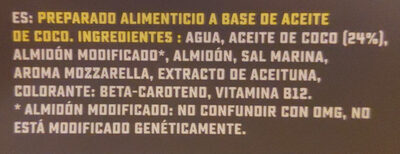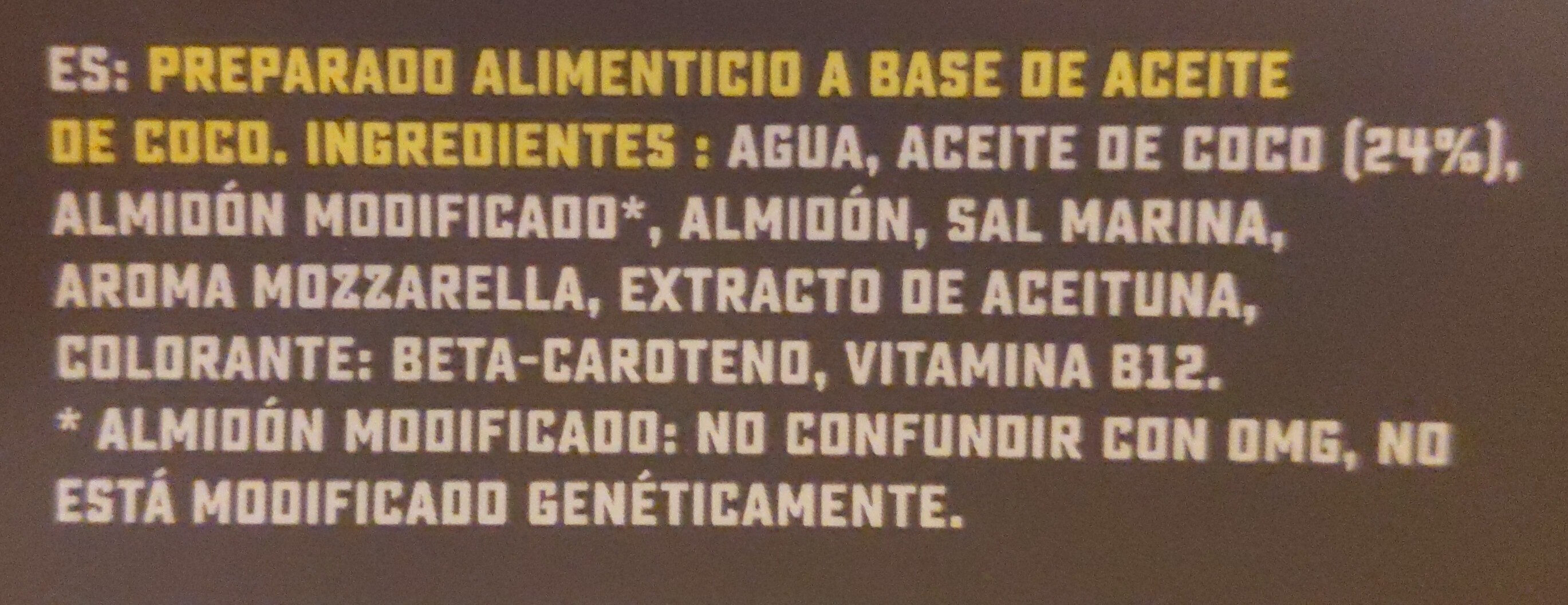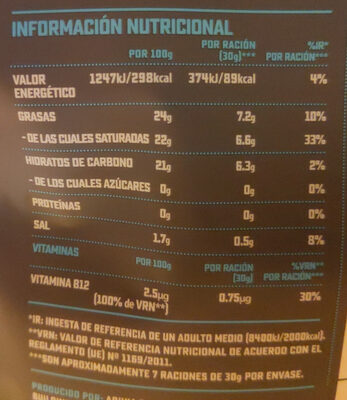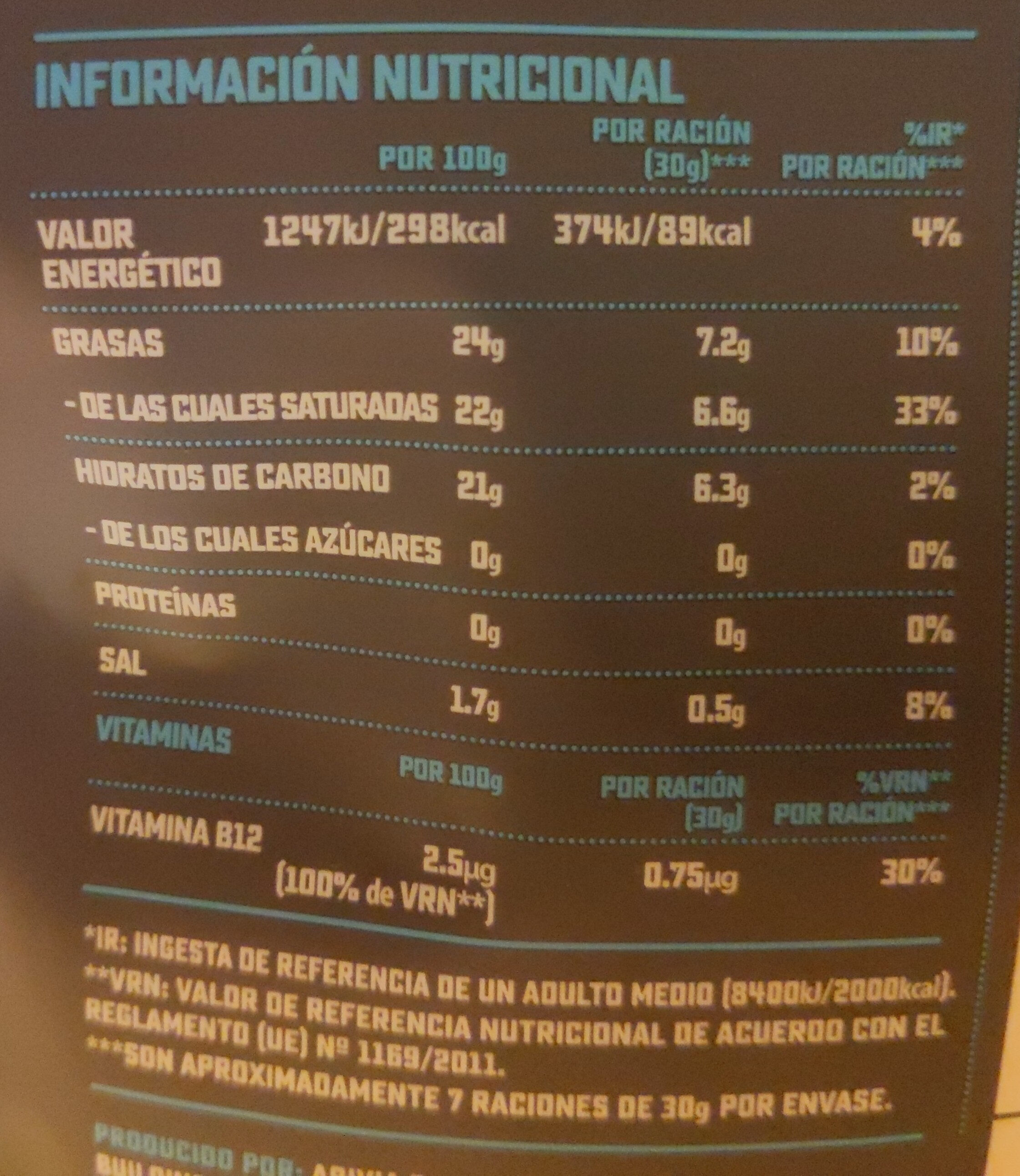Rallado sabor mozzarella - Violife - 200 g
Aquesta pàgina del producte no està completa. Podeu ajudar a completar-la editant-la i afegint-hi més dades a partir de les fotos ja disponibles, o fent-ne més amb l'aplicació de androide o iPhone / iPad. Gràcies!
×
Codi de barres: 5202390019319 (EAN / EAN-13)
Quantitat: 200 g
Empaquetament: en:Mixed plastic-bag
Marques: Violife
Categories: Aliments i begudes amb base vegetal, Aliments amb base vegetal, en:Dairy substitutes, en:Cheese substitutes
Etiquetes, certificacions, premis:
Lliure de gluten, Vegetarià, Halal, Kosher, Sense conservants, Vegà, Punt verd, Sense lactosa, Lliure d'oli de palma, Lliure de soja, La Societat Vegana


Llocs de fabricació o processament: Grèce
Enllaç a la pàgina del producte en el lloc oficial del productor: http://violifefoods.com
Botigues: Delhaize, Edeka, Amazon, Carrefour, Colruyt, Match, Cora
Matching with your preferences
Entorn
Empaquetament
Transport
Report a problem
Fonts de dades
Producte afegit per kiliweb
Última modificació de la pàgina del producte per thaialagata.
La pàgina del producte, també editada per adelefaure, autorotate-bot, bakenekoo, countrybot, ecoscore-impact-estimator, elcoco, grumpf, inf, itsamejms, jesustrans, musarana, openfoodfacts-contributors, paularm, prepperapp, roboto-app, rotebete, scanbot, segundo, swipe-studio, tasja, vaporous, vegan-app-chakib, vishaldh, yuka.R1pBWU01d0tyT1lOdXN3aXJnL3V3ZThwNDdPNFVEcTVjc1lSSWc9PQ, yuka.UjRzY0NJZ2pyOWdXbjgwUnh5L3l5dHgyN1lLbFZuR3pOTmdNSVE9PQ, yuka.WGJJTkdZTXptOW9vbzhZVTB3cngxOTE2NFppbVlqTHJNdTRESWc9PQ, yuka.Wlk4Z0s1UUh1YUluaDhFRDJ4SGJwdW90dzhlV1Exam5GTkZCSVE9PQ, yuka.sY2b0xO6T85zoF3NwEKvlmIZTuXbghbKJzvUm3DX-YmDc8TXRf0ou6HGIqg, yuka.sY2b0xO6T85zoF3NwEKvlnJDfd7aiG_fHELWs2SG_fmwcoSzatBs4NHQPas.










